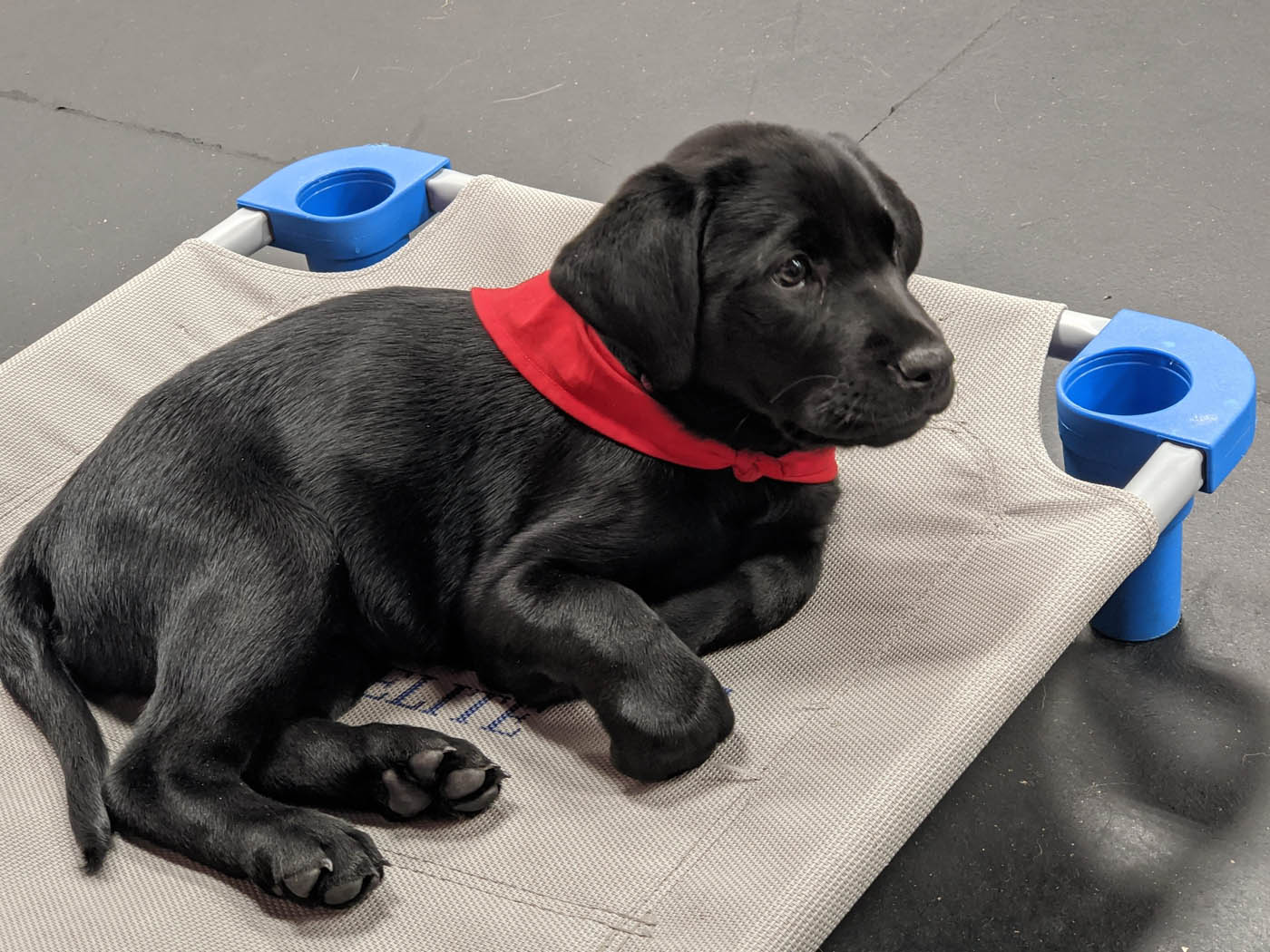Exploring Options for Dog Training Charlotte: What You Need to Know
Exploring Options for Dog Training Charlotte: What You Need to Know
Blog Article
Unlock Your Pet dog's Prospective: Proven Dog Training Strategies for Success
Effective canine training is a nuanced procedure that hinges on understanding canine actions and employing medically backed methods. By incorporating positive reinforcement, developing clear commands, and focusing on socializing, dog proprietors can cultivate an efficient partnership with their family pets.
Understanding Pet Dog Habits
Comprehending dog habits is essential for efficient training and fostering a favorable connection in between pets and their proprietors. An extensive understanding of canine body language, articulations, and social interactions is important for acknowledging their requirements and emotions. Canines communicate mainly through non-verbal signs; for instance, a wagging tail might indicate excitement, while pinned ears can signify concern or entry.

Furthermore, environmental variables play a substantial function in forming a pet's behavior. Changes in regular, brand-new environments, or the existence of strange individuals can bring about tension or stress and anxiety in pets. Acknowledging these triggers allows owners to reduce adverse responses and establish ideal training approaches.
Eventually, a deep understanding of pet dog behavior lays the structure for effective training methods, boosting both habits and the overall bond between the dog and its proprietor. dog training charlotte. This understanding is vital for promoting a well-adjusted, happy canine companion
Favorable Reinforcement Techniques
Efficient training relies heavily on favorable support methods, which have actually been shown to generate substantial cause shaping wanted actions in pets. This technique involves awarding a canine for displaying specific behaviors, thus boosting the likelihood that these actions will certainly be duplicated. Rewards can take various forms, including deals with, praise, playthings, or playtime, depending on what encourages the specific pet dog.

It is vital to progressively terminate incentives as the dog finds out the actions, transitioning to intermittent reinforcement. This technique keeps the habits gradually while protecting against dependency on continuous incentives. By focusing on favorable support, trainers can grow a trusting connection with their pet dogs, promoting a participating and healthy and balanced training setting that enhances total obedience and performance.
Developing Consistent Commands
A basic element of effective pet training is the establishment of constant commands. Consistency in commands is vital for efficient communication in between the canine and the fitness instructor. When commands are consistent, pet dogs discover to link details words with wanted habits, which increases the training process and boosts understanding.
To develop constant commands, it is necessary that all relative use the same terminology and motions. For example, if a single person utilizes "sit" while an additional states "take a seat," it can produce complication for the pet dog. Select clear, distinctive words for commands and guarantee everybody associated with the pet's training follows autism service dog training near me these options.
Furthermore, repetition is essential. Reinforce commands through frequent method, making certain that the canine receives sufficient chances to react properly. When a pet dog successfully adheres to a command, prompt positive support ought to adhere to. This can be in the kind of treats, praise, or play, solidifying the connection between the command and the action.
Lastly, hold your horses. Establishing regular commands takes time and effort. With commitment and clarity, you will assist your pet establish a strong understanding of assumptions, ultimately resulting in a mannerly companion.
Socializing and Direct Exposure
Mingling a dog is crucial for fostering a confident and well-adjusted buddy. This procedure includes exposing your pet to a range of atmospheres, people, and other pets to develop their social abilities and flexibility. Early socialization, ideally in between the ages of 3 to fourteen weeks, is critical, as it prepares for a pet's future behavior.
During socialization, purpose to supply positive experiences in various settings, such as parks, hectic roads, and homes with various other pet dogs. Introduce your dog to numerous stimuli, consisting of audios, sights, and smells, guaranteeing that each encounter is gratifying. This exposure helps minimize concern and stress and anxiety, leading the method for a more resilient pet dog.
Engaging in controlled team play sessions with other dogs can also improve social skills, teaching your pet suitable interactions and limits. Focusing on socializing will substantially add to your canine's total happiness and behavior throughout their life.
Overcoming Common Training Challenges

Pet dogs might have a hard dig this time to concentrate in strange or busy settings. Slowly desensitize your dog to distractions by beginning training in a quiet environment and gradually presenting more stimuli as they become skilled.
In addition, behavioral concerns like leaping or excessive barking can end up being discouraging. Address these by instructing alternative actions, such as resting comfortably when greeting visitors. Consistency and perseverance are crucial; enhance desired behaviors continually and avoid scolding, which can lead to complication.
Last but not least, recognize that each canine is one-of-a-kind, and training timelines might differ. Dressmaker your approach to your canine's private demands, and look for professional guidance if essential. With perseverance and the right techniques, conquering these challenges can lead to a trained, happy canine buddy.
Verdict
In conclusion, opening a canine's prospective demands a thorough strategy that includes an understanding of canine habits, the application of favorable support techniques, and the establishment of regular commands. Early socializing and direct exposure to varied settings even more improve a canine's adaptability and self-confidence. By addressing usual training obstacles with customized approaches and perseverance, a harmonious and participating partnership between canine and trainer can be fostered, eventually leading to a well-behaved buddy qualified of prospering in numerous circumstances.
Efficient pet dog training is a nuanced procedure that pivots on comprehending canine habits and using scientifically backed methods.Recognizing canine habits is necessary for efficient training and fostering a favorable partnership in between canines and their owners.Efficient training counts heavily on favorable support methods, which have been shown to generate considerable outcomes explanation in forming preferred behaviors in pet dogs. When commands are consistent, dogs find out to connect specific words with wanted actions, which increases the training process and enhances understanding.
In conclusion, opening a pet's prospective necessitates a thorough technique that includes an understanding of canine habits, the application of positive support strategies, and the establishment of consistent commands.
Report this page